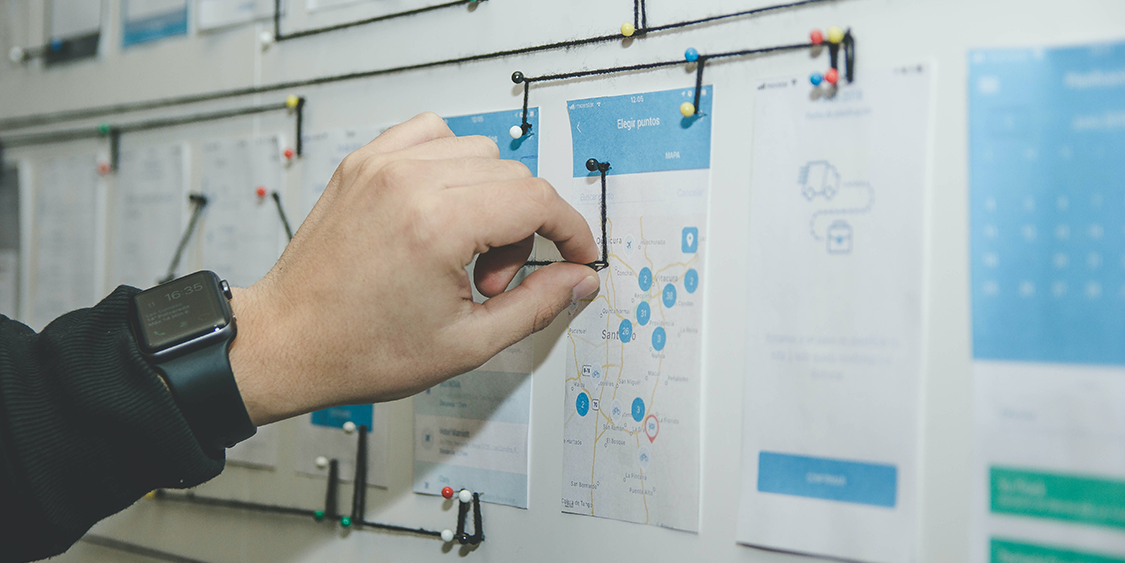
The design-build style type of project continues to grow as a project delivery method of choice for project owners looking for a streamlined approach to designing and building their next project. However, with the different design-build project variations there are certain risk factors associated with them that should be taken into account.
Lead Designer as Design-Builder:
With the designer-led design-build method, the lead architect or engineer on the project contracts with the owner to be the design-builder and then hires the contractor, sub-consultants and possibly subcontractors (if not hired by the contractor).
However, liabilities for construction means and methods and job site safety present challenging insurance requirements for design firms. A designer’s typical professional liability policy does not cover these types of activities. Nor is a designer’s general liability or package policy equipped to provide coverage for construction activities.
Designers will need to work closely with their insurance advisors to purchase contractors general liability and professional liability, as well as other policies similar to those required of contractors, including bonds.
A Third Entity (e.g. Construction Manager):
In this approach, the design-build will have an entity other than the lead designer or contractor take on the role of design-builder. This third-entity design-builder may be a construction manager, a design firm hired solely to serve as the design-builder (but not the project lead designer), or a general contractor other than the contractor building the project
However, a major disadvantage of this approach is the lead designer’s lack of direct interaction with the project owner. Working with a design-builder intermediary inevitably complicates communications and can lead to misunderstandings or gaps regarding client needs and design intent.
You can design in accordance with the requirements specified by the design-builder, but the design-builder may not be accurately communicating the desires and expectations of the owner. And if the owner is unhappy with the design, you can bet that any liability for negligence, errors and omissions will flow through the design-builder directly to the lead designer. As such, it’s important to have an insurance policy that can cover negligence and errors and omissions.
A Joint Venture:
In this design-build model, the lead designer and the contractor join to form a separate legal entity, often a joint venture. This new entity serves as the design-builder and primarily acts as the owner representative and conduit to the lead designer and contractor, which continue to operate as separate firms in their design and construction roles. This joint venture is often project or client-specific.
Whether the newly formed joint venture entity, even with limited liability status, provides any legal protection for a design firm or its principals against a claim is questionable. Liability would depend upon the jurisdiction of any lawsuit and the specifics of the case.
For instance, in some jurisdictions, the designer may face joint-and-several liability, or may be placed outside the purview of any anti-indemnity statutes intended for design firms. These are areas any design firm and its lawyer should thoroughly investigate before entering into a business relationship where a new entity is formed to conduct business separate from the core company.
Find out more:
Download our free guidebook “7 Tips for Managing Risks on Design-Build Projects” to learn more about how to better manage risks on design-build projects:


